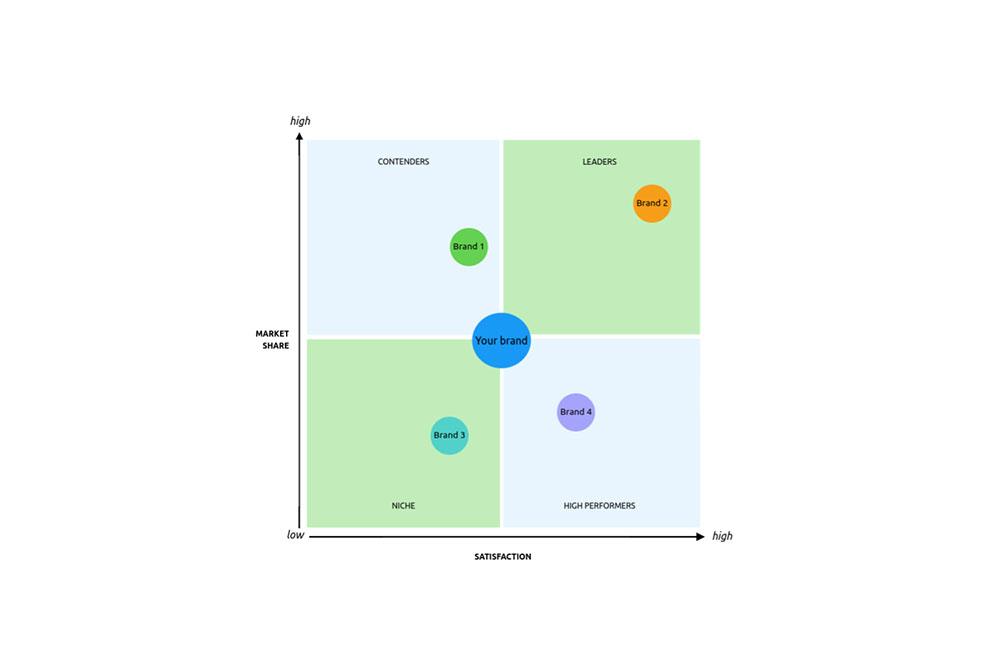Gain an understanding of the industry you reside by identifying how to enter the marketplace, see the current trends and compete with other brands.
Any market research you do must be backed up with data you can rely on. This can either be collected yourself using questionnaires and polls, or obtained from trusted sources such as academic journals or the Office for National Statistics (ONS).
Explore your industry statistics by gathering the following information:
- What statistical information is available?
- What information can you gather that indicates market size and number of customers?
- What financial data is available in order to approximate industry revenue?
- What standards and regulations are required to operate in this industry?
- What influencing factors affect this industry? Laws / regulations / weather / fashion / technology / etc














